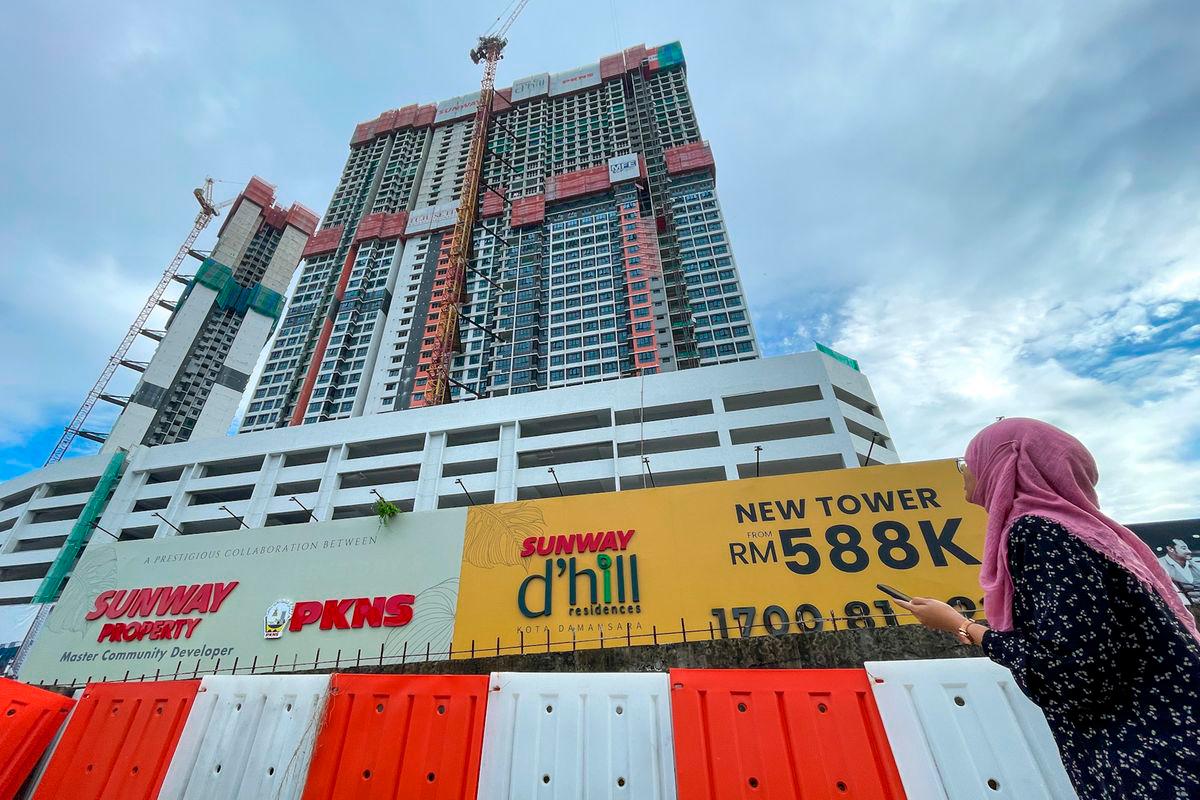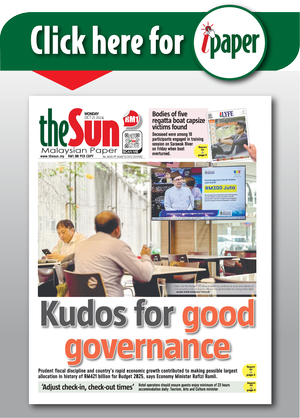PETALING JAYA: Efforts to uplift Malaysia’s housing landscape are gathering pace under Budget 2026, with billions allocated to upgrade government quarters, expand housing access for young and contract civil servants, and improve public facilities in Kuala Lumpur.
Universiti Teknologi Malaysia real estate economist Dr Muhammad Najib Razali said these measures not only address homeownership challenges, but also strengthen community wellbeing and promote greater urban equity.
He said the government’s latest housing initiatives, including a RM2.2 billion allocation to refurbish civil servant quarters, expand loan guarantees and enhance youth-friendly financing schemes, aim to improve living standards and raise urban liveability.
“By investing in dignified living spaces, especially in urban centres or hardship areas, the government affirms the importance of the civil service and ensures living conditions match professional expectations.
“This also serves as long-term compensation that could reduce financial strain on public workers, particularly those who are just starting their careers or posted far from home.”
He also said raising the Public Sector Home Financing Board financing limit to “RM1 million and extending youth housing schemes would help young civil servants purchase homes amid rising property prices.
He added that the move gives young professionals more flexibility to buy quality homes near urban centres or transport hubs, encouraging early homeownership and improving financial stability, although its success depends on ensuring sufficient affordable housing supply.
“While expanded financing schemes improve access to homeownership, they also risk driving up prices in the affordable segment if not balanced with supply-side measures. Increased demand without matching supply could inflate prices, making ‘affordable’ housing less affordable.”
He urged the government to back these initiatives with strong planning frameworks, fast-track approvals and firm enforcement of price ceilings in affordable projects.
“Affordable housing must be protected not just through subsidies, but also by addressing root socioeconomic factors such as wage growth, cost of living and regional disparities. Only by uplifting living standards alongside housing access can Malaysia realise its high-income vision.”
He said extending similar schemes to private-sector workers is fair and necessary because while civil servants benefit from the Public Sector Home Financing Board and other support, most Malaysians work in the private sector and face equal or greater hurdles in buying homes.
He proposed rent-to-own arrangements, shared equity housing or expanded loan guarantees for low and middle-income private sector workers, especially those in urban, informal and gig economy roles.
“Ensuring housing access across all employment sectors is key to narrowing inequality and fulfilling national housing goals.”
Budget 2026 also provides Kuala Lumpur City Hall with RM500 million to upgrade hawker centres, markets and People’s Housing Project facilities.
Muhammad Najib said this would benefit small businesses and improve food safety.
He added that upgrades to People’s Housing Project flats, such as safer lifts, cleaner surroundings and better lighting, would help reduce urban decay and strengthen community pride.
“Improving public housing and hawker centres could raise nearby property values and attract investors.
“Cleaner, safer areas make neighbourhoods more appealing and boost confidence among residents and businesses.
“However, rising property prices must be managed carefully to prevent long-time residents or traders from being priced out. Keeping housing truly affordable is key to inclusive growth.”
Muhammad Najib welcomed the RM300 million allocation to upgrade People’s Housing Project flats, calling it a good start to fix critical issues, such as faulty lifts, wiring and plumbing.
“Without a sustainable system, buildings could fall into disrepair again once the initial funds are used up.”









